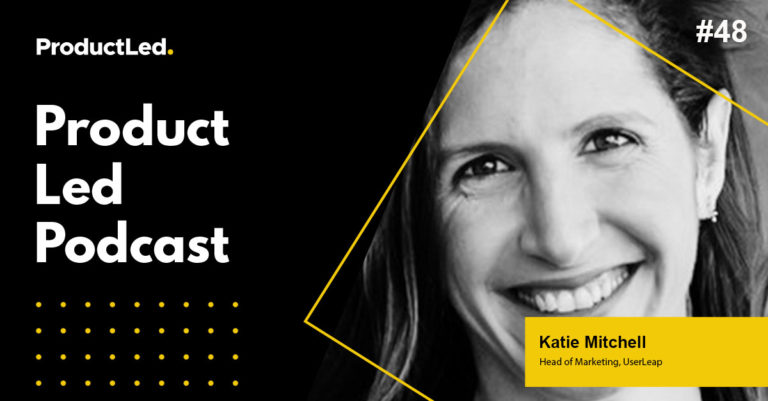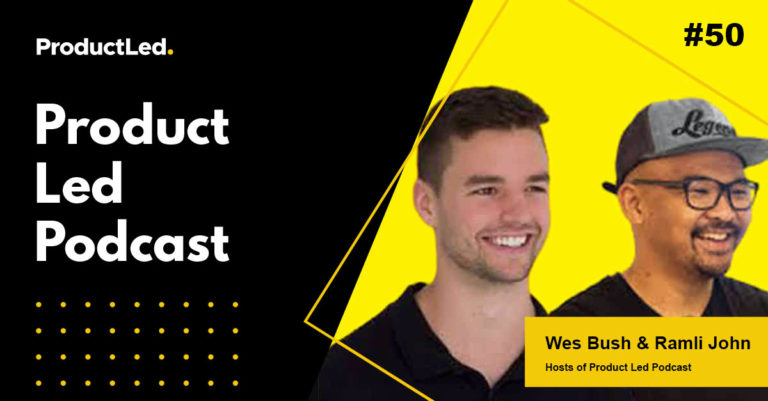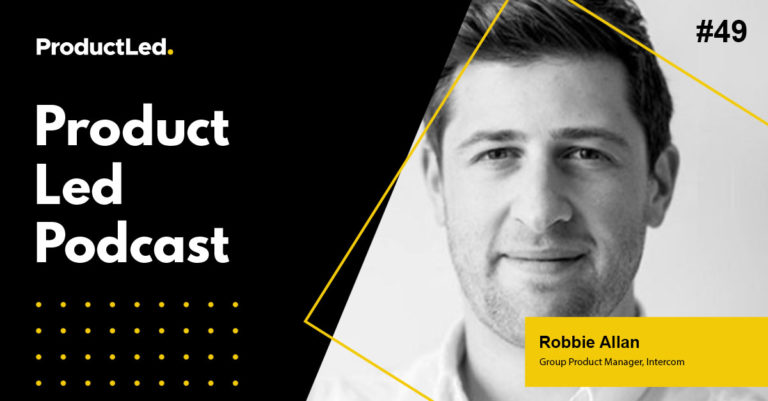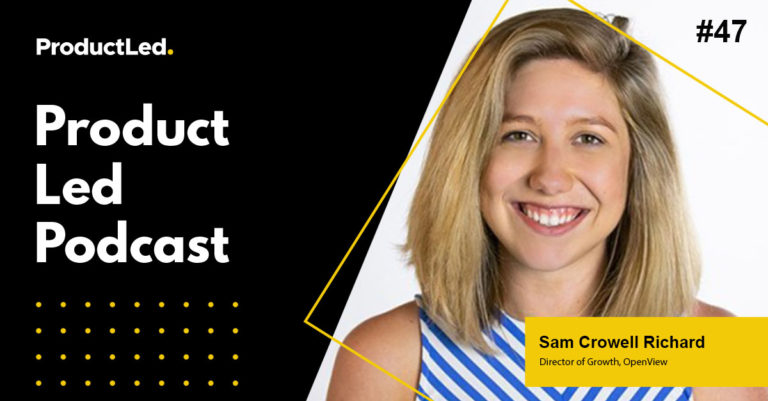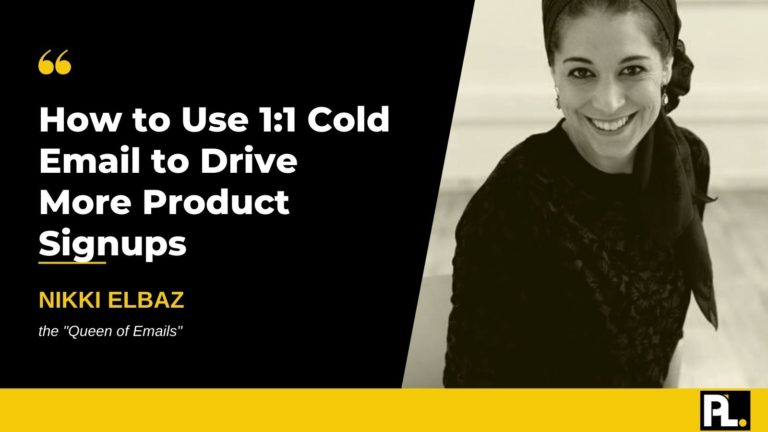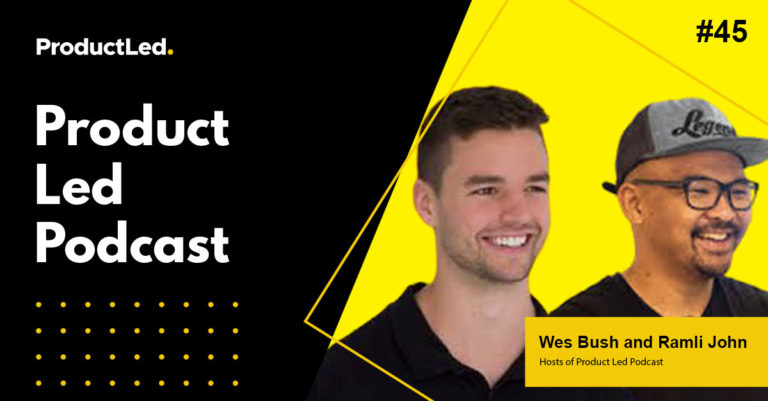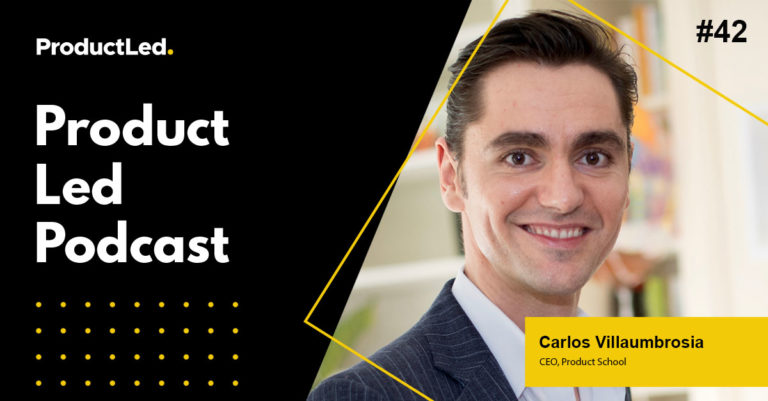Whether it’s a start-up or you're ready to level up, this is the perfect list to ensure you’re on track for optimal growth. Here are seven habits of highly effective marketers, with real examples:
- Customer Research
- Positioning
- Copy and Pasting Instead of Copywriting
- Mental Models & Frameworks
- Keep a Swipe File
- Create a Community
- Borrow Other People's Audiences
Habit #1: Customer Research
Do you know what the companies HubSpot and lola.com all have in common?
The cornerstones of their B2B SaaS marketing strategies are made from direct conversations with their best customers.
That’s what you need to do, too.
Do you think you know what your customers want or do you actually know what they want? So many of our “gut instincts” are formed by personal biases and don’t necessarily reflect the needs and desires of our market base.
This is why digging into the details of your customers is crucial in understanding your market beyond their generic profile.
The #1 question each business needs to ask themselves is: how well do you really know your customers?
Start by getting on the phone with 20 of your best customers. Get to know everything you possibly can about them. It's not an interview, it's just a conversation. Ask questions like:
- What are their needs?
- What are their struggles?
- Where do they hang out online?
Record it, transcribe it, and watch your strategy unfold.
Pro tip: Doing this is especially important during the onboarding process. Check out this article to learn how you can go about conducting customer interviews.
Do this internally, too.
SaaS companies such as HubSpot and lola.com equate much of their success by not only reaching out to their customer base, but also by creating open communication between the sales, marketing, and engineering departments.
Just check out this tweet from the former CMO at Hubspot (current CEO of lola.com):
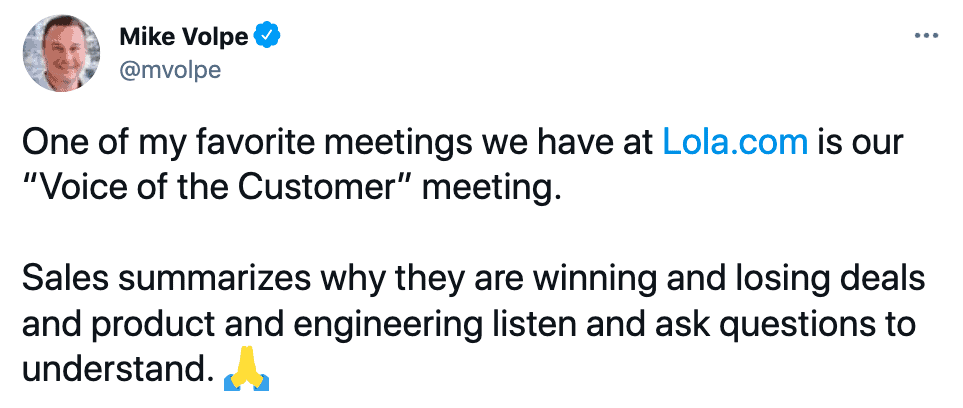
This process creates a constant feedback loop providing invaluable data to help optimize conversions that’ll help grow customer retention rates.
Habit #2: Positioning
There are 2 questions that people don’t ask enough.
- Why should someone care what I have to say?
- Why should someone choose my product over an alternative?
B2B SaaS marketers typically want to launch into product features. While these are important, they won’t matter if visitors aren’t immediately hooked the moment they enter your website. With such a flooded marketplace, you typically only have one chance to convert visitors and this is where positioning comes in.
Great positioning has the power to:
- Immediately hook visitors that land on your site.
- Make users feel understood and appreciated.
- Be memorable and stay in the mind of the user.
- Help visitors immediately understand why your product is the best choice.
So… what does a good B2B SaaS market position look like?
A great example is the company Clubhouse.
This project management software knew from the start their product was perfect for project managers. They actually went to market as the project management app for software development teams.
They positioned their marketing mainly to software engineers and product managers at tech companies. Rather than listing off the features, which are a dime a dozen, they engaged their employees to talk super specifically about features built only for software teams, and how it helps them with their workflows and to streamline their processes.
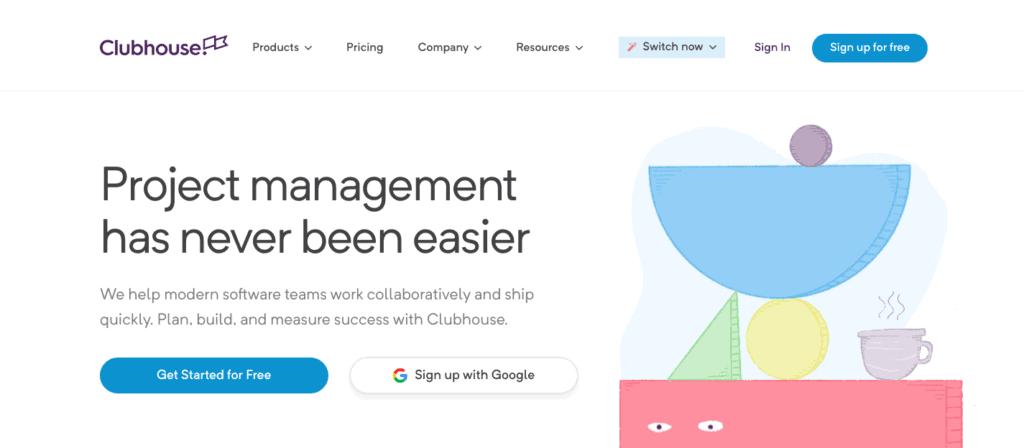
Knowing their market from the beginning helped them talk about their product in a meaningful way. It helped them identify what makes them unique, and helped them anticipate the needs of their customers.
Clubhouse told a compelling story crafted just for their customers, and positioned themselves as the best option for them. They were able to back their product up with evidence, so their market understood why they were the best solution. If you can’t find your unique advantage then you may need to rethink your product.
What If I’m already stuck in bad positioning?
Grab a handful of people you can trust and begin the journey of letting go of bad positioning. Start with a blank slate and do the following:
- Form a positioning team.
- Let go of positioning baggage.
- Understand who loves your product.
- List true competitive alternatives.
- Isolate unique attributes and features.
- Map features to value.
- Find a market frame of reference where you win.
Once you have mapped out your answers, your B2B SaaS positioning strategy should start to emerge.
Positioning is especially important if you’re in a competitive category. The only way SavvyCal can challenge Calendly, ConvertKit can challenge Mailchimp, and Reform can challenge Typeform is through clear positioning.
Habit #3: Copy and Pasting Instead of Copywriting
There are two main tools that you can use to write effective copy.
- Use what other people have already said or written.
- Use proven formulas and templates.
It’s not about coming up with funny quips or strong headlines. It’s about using what other people have already said to clearly and concisely communicate your message.
The secret every great copywriter knows is that you actually don’t have to do it all yourself.
You can literally copy and paste the words directly from your customers.
So... how do you do that?
Go through your customers´:
- Interviews
- Email threads
- Social media conversations
Follow this up with some of the best pieces you find online and incorporate it into the highlights from your customer’s insights bank.
From here, you should start to notice descriptors and adjectives that people are using to describe your product. Then ask:
- What are the negatives they are experiencing?
- What is the value prop that really triggers them?
A great example is the company Basecamp.
Basecamp was able to pull amazing copywriting by using literally the exact words their customers use.
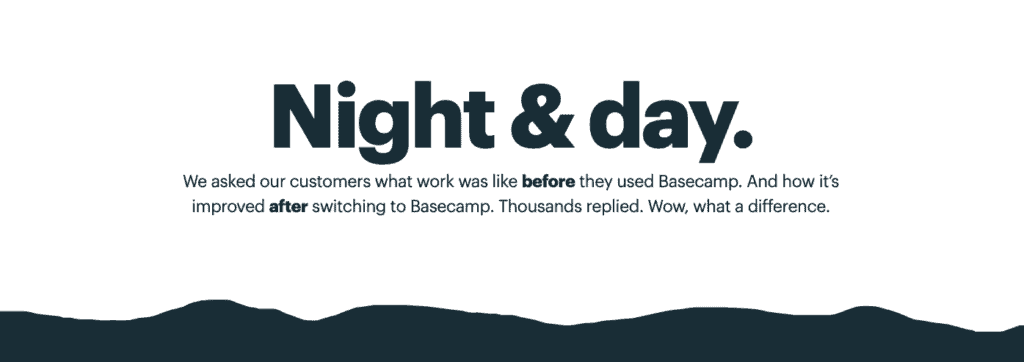
They offer a ton of social proof directly on their landing page:

It’s much easier to just showcase what people think than coming up with your own version of it. The bottom line is your best customers can offer you some of the best copy to help you effectively sell your products.
Habit #4: Mental Models & Frameworks
Mental models are simple thought processes to help you visualize how things work. They can take the form of a concept, framework, or worldview to help you interpret reality.
Mental models help us reason through complex things and make better decisions. Many times, we are blind to the source of our bad decisions and the correct mental model helps us zoom out, look at things with a different lens to help eliminate our blind spots.
As marketers we tend to make decisions based on:
- What is easy.
- Gut instinct.
- Or we use incorrect mental models, such as asking yourself, “What would I want?”
These are all risky ways of making a decision.
However, with the proper framework you can tap into the correct mental model that will provide consistently better information to help you make better decisions.
Here are a couple frameworks to help you work through this:
Framework #1: The 5 Stages of Awareness
One of the key frameworks is the 5 Stages of Awareness by Eugene Schwartz in his classic book, Breakthrough Advertising.
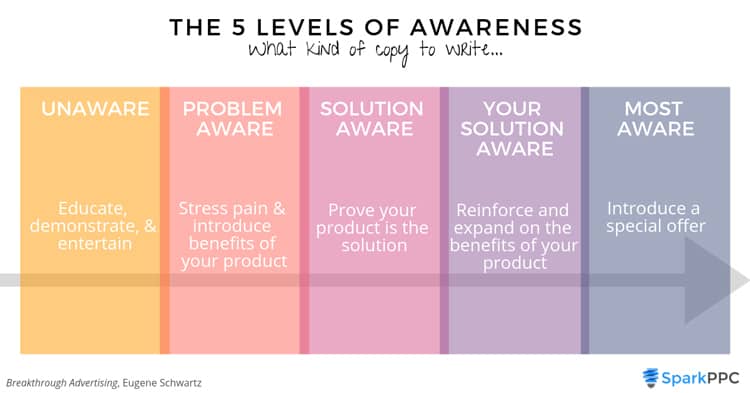
Schwartz breaks down prospect awareness into five distinct phases:
- Most Aware: prospect already knows your product; they only need to know the deal.
- Product Aware: prospect knows what you sell but isn’t sure if it’s right for them yet.
- Solution Aware: prospect knows the results that he wants, but he’s not sure your product provides it.
- Problem Aware: prospect sense they have a problem, but they don’t know if there’s a solution or not.
- Completely Unaware: prospect doesn’t even know they have a problem.
By knowing which stage of awareness you’re at, you can use your marketing to tailor the message to the right amount of awareness.
For example, you can agitate the pain of Problem Aware of prospects so they become curious about solutions and then enter into the Solution Aware phase. This is also helpful to identify weaknesses in marketing campaigns. If no one knows who you are, or what problem you solve, they’re not going to care about you.
Framework #2: Pain Dream Fix
People don’t buy products. They buy better, happier versions of themselves.
The Pain Dream Fix starts with the pains and problems of your customers. Then you identify the processes and tools that are failing them. By acknowledging the frustration, you agitate the pain by showing them what they’re losing.
By doing this, you have an opportunity to paint a picture of a better world and you let them dream. Show them where your product alleviates their frustrations. Talk about how it was built specifically for them, then emphasize the dream by showing success stories, testimonials and case studies.
Show how your product helps them fix their problems with the unique features and capabilities that enables them to make their dream a reality, to become the person they want it to be.
For example, as a kid playing Super Mario Bros., you’re not excited about a fire flower because it has a green stem, and it’s easy to pick up. It’s because once you pick it, you become a fireball-shooting Super Mario.
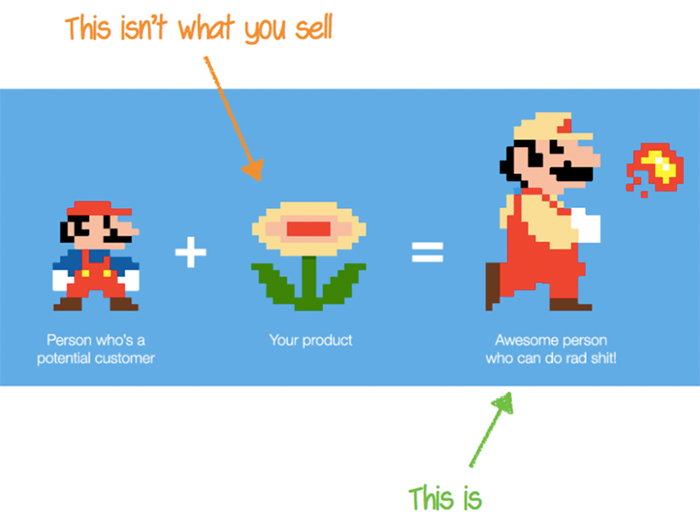
So the problem with most B2B SaaS marketing copy and sales pitches isn't that it doesn't explain the product.
It's that it doesn't explain who the product is for, and why they should care about it.
Habit #5: Keep a Swipe File
Steve Jobs liked to say, “Good artists borrow, great artists steal.”
It’s not so much stealing as it’s repurposing, remixing, and sampling.
A swipe file allows a marketer to select elements from other people’s marketing and remix if for their own. It’s a collection of examples that allows you to start from a place of inspiration instead of reinventing the wheel.
By learning from others, you can produce vastly better work than you would have come up with yourself, because there are already a lot of great examples to pull from.
Below I’ve listed some tools you can use to start collating ideas:
- My Mind, a tool by Tobias Van Schneider who was the previous Head of Design at Spotify. It’s a Chrome extension that allows you to save anything, and has a mobile app. The app is text and search-based, making it perfect for use as a swipe file.
- Notion is also a great web clipper that functions as a Chrome extension, that you can easily push things into and then review with their Gallery View. It’s great for referencing on the go. Sleeknote has a great example of using Notion to organize their swipe files.
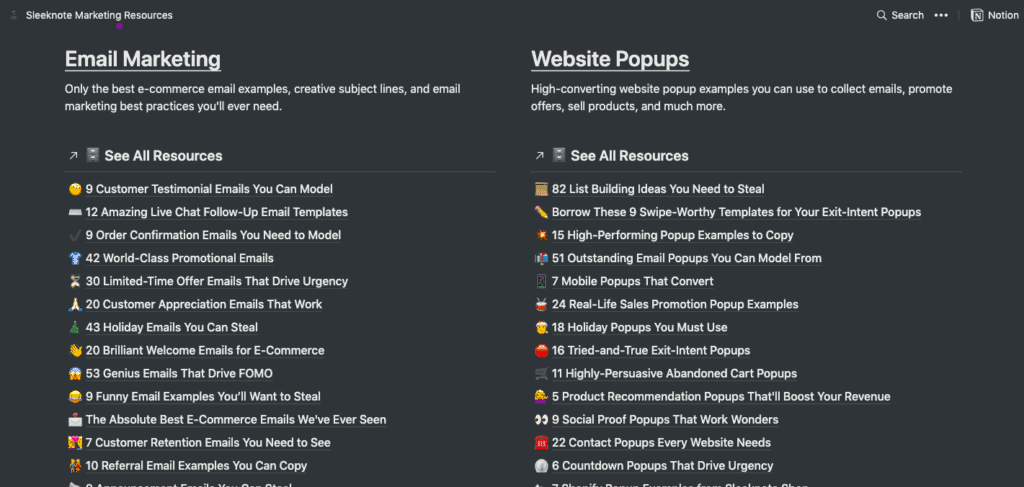
- Email is also a great way to keep a swipe file. Sending things to yourself you can automatically archive it by tagging it by adding “Plus Swipe File” in the Subject or the Body. This way it won’t clutter up your inbox and will be filed with the rest of your ideas for a later time.
- Apple’s Notes is also easy to use, and you can create tags so information is easy to search for, or you can also dedicate a notebook to your swipe file. As Apple Notes syncs between your phone computer, it makes it pretty seamless to continue brainstorming on your computer.
Read this detailed guide for more on how to create a swipe file.
Habit #6: Create a Community
Building valuable connections with people is one of the primary keys to becoming a better B2B SaaS marketer.
They say that you’re the average of the five closest people around you. Building connections with some of the smartest marketers can help provide feedback on projects, as well as providing a support group that will help you succeed.
Some other networking tools you can use are:
- Swipe Files community
- Face-to-face interaction. Try to meet at least one new person a week. Make friends and build a community.
- Circle
- Twitter, follow #marketingtwitter and see who’s contributing.
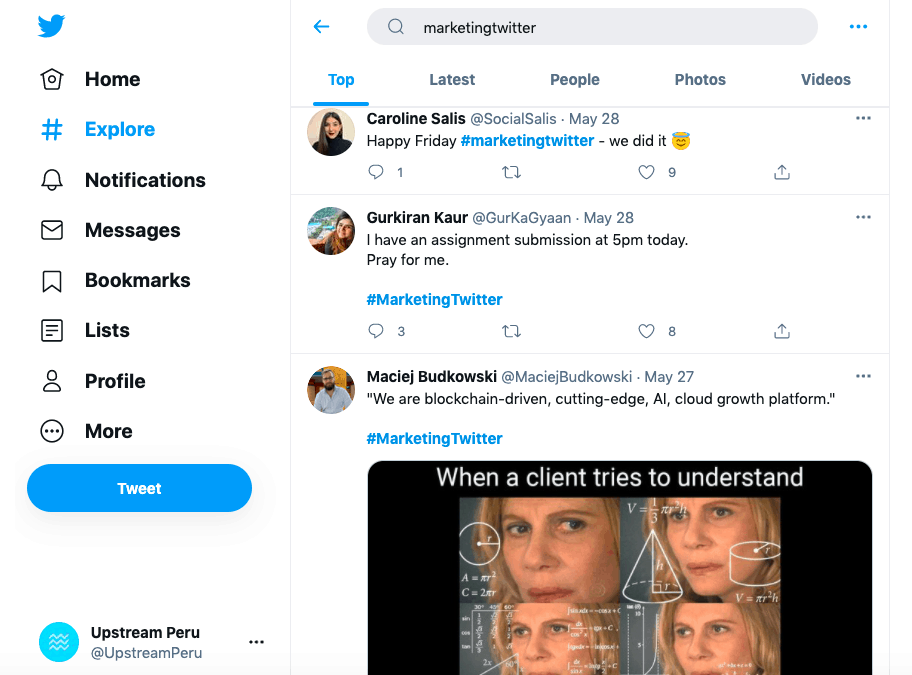
Habit #7: Borrow Other People’s Audiences
The best B2B SaaS marketers know that building audiences from scratch isn’t necessary. Borrowing audiences is one of the quickest ways to grow your platform.
The biggest determining factor to building audiences is making the right connections. This will get people to notice you and pay attention.
So how do you do it?
Hit up your community and figure out a mutually beneficial way to hop on their podcasts, social media, email lists, community profiles, etc.
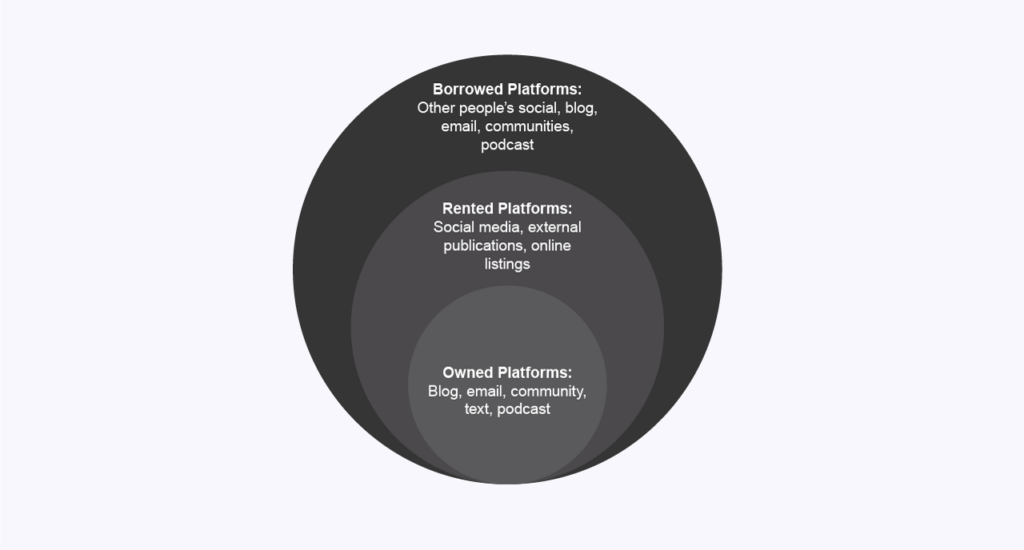
There are three types of people that you can search for within your community to borrow their audience:
- Amplifiers: people you and your audience admire.
- Allies: people like you with a similar mission.
- Friends: people who are in your close direct network.
For example, Buffer and ConvertKit were huge amplifiers for Baremetrics when they shared their baremetrics dashboard publicly (you can read about it here).
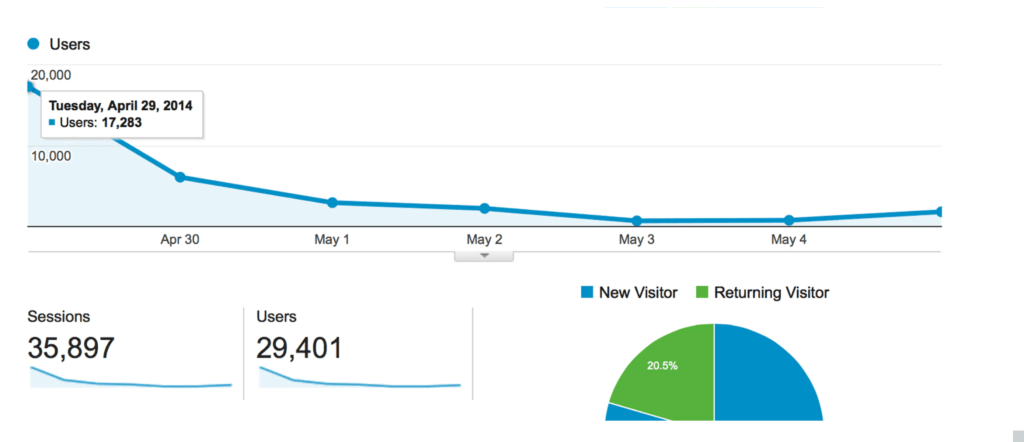
Borrowing audiences have been used heavily with YouTubers when they did collaborations, and bloggers when they did guest collaborations. Podcasters know this when they do a podcast swap. Most marketers don’t take advantage of this powerful strategy.
So there you have it, 7 habits of highly effective marketers. Do you have a strategy that you think should make the list? Drop it in the comments below.

